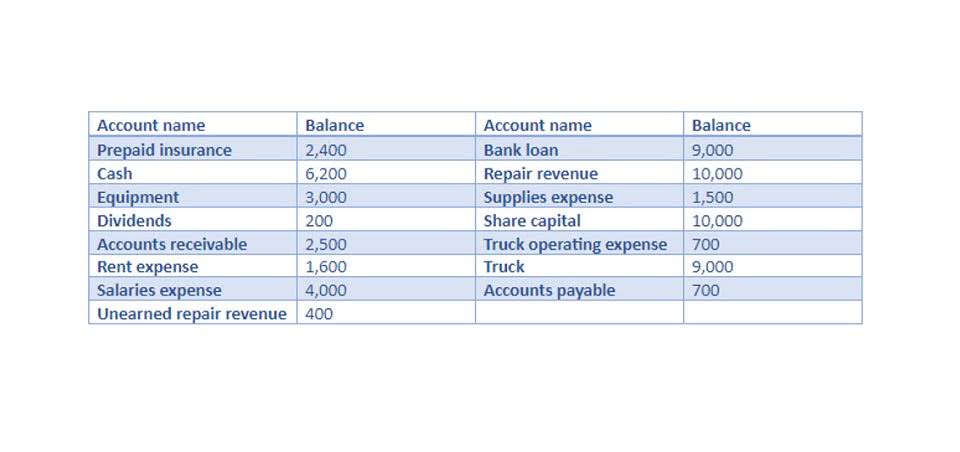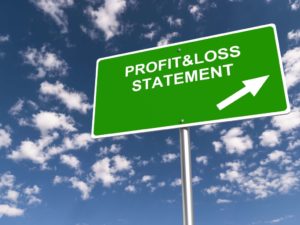What Are Outstanding Checks In Accounting

By demonstrating your genuine efforts to resolve the outstanding balance, you may be able to negotiate more favorable terms. Additionally, understanding your outstanding balance helps you avoid unnecessary interest charges and fees. When you carry a balance on a credit card or loan, interest accrues on the remaining amount.
The Risk of Stale Checks and the Need for Stop Payments
Another consequence of having an outstanding balance is the negative impact it can have on your credit score. Your credit score is a three-digit number that lenders use to assess your creditworthiness. It plays a crucial role in determining whether you qualify for loans, credit cards, or favorable interest rates.

Financial Risks

For instance, the balance sheet may not reflect the true cash position https://www.bookstime.com/ if these checks are not properly accounted for. This can cause discrepancies between the bank statement and the company’s books, requiring adjustments during the bank reconciliation process. Accurate reconciliation ensures financial statements comply with standards like Generally Accepted Accounting Principles (GAAP) or International Financial Reporting Standards (IFRS).

What are Outstanding Checks?
- Anytime you make this request, mark it in your accounting software or ledger as “canceled.” Doing so allows this money to be made available again.
- Check float and bank float are two important concepts that are often used interchangeably, but they are different from each other.
- By demonstrating your genuine efforts to resolve the outstanding balance, you may be able to negotiate more favorable terms.
- Once you have established your budget, it is crucial to monitor your spending regularly.
- Outstanding checks also have the risk of being used in fraudulent conduct.
- Learn how to manage and avoid it through creating a repayment plan, negotiating with creditors, and practicing credit responsibility.
The payee cannot cash or deposit the check once a stop payment has been issued.The payer’s bank has no way of knowing that a check has been written until the payee deposits or cashes the check. Besides the liability it creates, the payor may forget that they wrote the check and spend money allocated for the check. When the payee cashes the check, and their bank tries to pull funds from the payor’s account, the payor will get hit with an overdraft or non-sufficient funds (NSF) fee. The payor can void these fees using overdraft How to Invoice as a Freelancer protection on their checking account.
- However, if all other attempts fail, they may proceed with legal action to protect their interests.
- Checks that remain uncashed for long periods of time are called stale checks.
- One area that has been particularly affected by technological advancements is check float.
- In summary, understanding your outstanding balance is essential for effective financial management.
- It may also damage your relationship with the vendor or person you gave the check to.
- By taking these steps, individuals can ensure that their outstanding checks are resolved in a timely and efficient manner.
- The process of cashing or depositing the check is called “clearing the check.” If the payee decides not to deposit or cash the check right away, it remains outstanding.
Potential Consequences of Outstanding Checks
It’s important to keep enough money in your account to cover all the outstanding checks at all times. Individuals need to account for outstanding checks when they balance their checkbooks. One effective way to track outstanding checks is by creating a spreadsheet or using accounting software that allows individuals to record and monitor the checks that are yet to be resolved.
Streamline the Escheatment Process for Outstanding Checks with Eisen

Outstanding checks play an essential role in the financial transactions between payors and payees. A check is considered “outstanding” when it define outstanding check has been issued but not yet cashed or deposited by the recipient. In other words, it remains a liability for the issuer until it’s processed by the payee’s bank. To reconcile outstanding checks with your bank statement, compare the checks issued but not yet cleared with the information provided on the statement, ensuring that both records align.


Cevapla
Want to join the discussion?Feel free to contribute!